1. Diet Potato Chips with Olestra
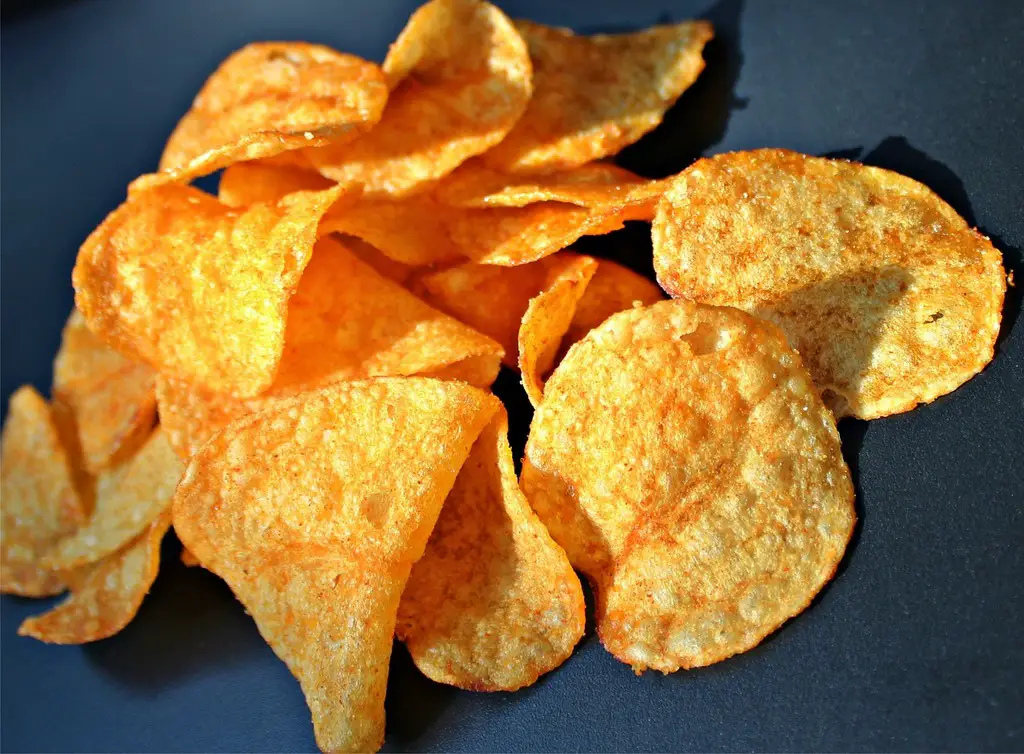
Remember those fat-free chips that hit the shelves in the ’90s? They promised all the salty, crunchy satisfaction without the guilt. The secret ingredient was Olestra, a synthetic fat substitute that your body couldn’t absorb. On paper, it sounded like a dream come true. In reality, the chips came with some very unwanted side effects that consumers learned about the hard way.
While they were marketed as the healthier alternative to greasy chips, the body’s inability to digest Olestra caused stomach cramps and worse. The packaging even had warning labels, which should have been a red flag right there. They quickly became infamous and were eventually phased out. It turns out some indulgences really shouldn’t be tampered with.
2. Candy Cigarettes

Yes, candy cigarettes were pitched as harmless fun, even sold with bright packaging that mimicked the real thing. Parents were told it was just sugar, so no harm done. But the implication was that kids could pretend to smoke and not “really” pick up the habit. Somehow, this was seen as perfectly acceptable for years.
Of course, looking back, it feels absurd. Encouraging children to imitate an unhealthy adult habit while calling it just a “sweet treat” isn’t exactly wellness. Studies later suggested they could normalize smoking for kids. What was once brushed off as playful marketing is now seen as a shocking lapse in judgment.
3. Tang Drink Mix
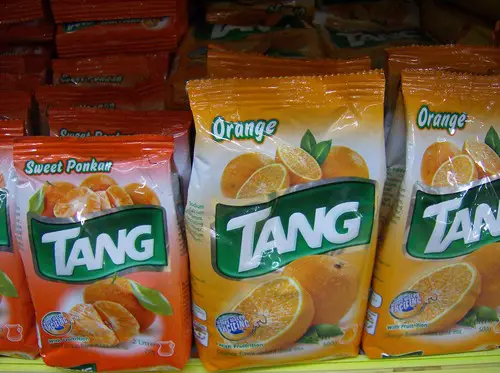
NASA had a hand in making Tang famous, branding it as a futuristic, nutrient-packed drink. The powdered orange mix was touted as a healthy alternative to juice, fortified with vitamins and minerals. For moms in the ’60s and ’70s, it was practically sold as space-age nutrition. The commercials certainly made it sound like kids would be drinking the future.
In reality, Tang was basically flavored sugar water with a sprinkle of added vitamins. It wasn’t much different than mixing Kool-Aid and calling it breakfast. Sure, it got kids excited about science and astronauts, but its health claims were a little overblown. Even today, it’s more nostalgia than nutrition.
4. Rice Cakes
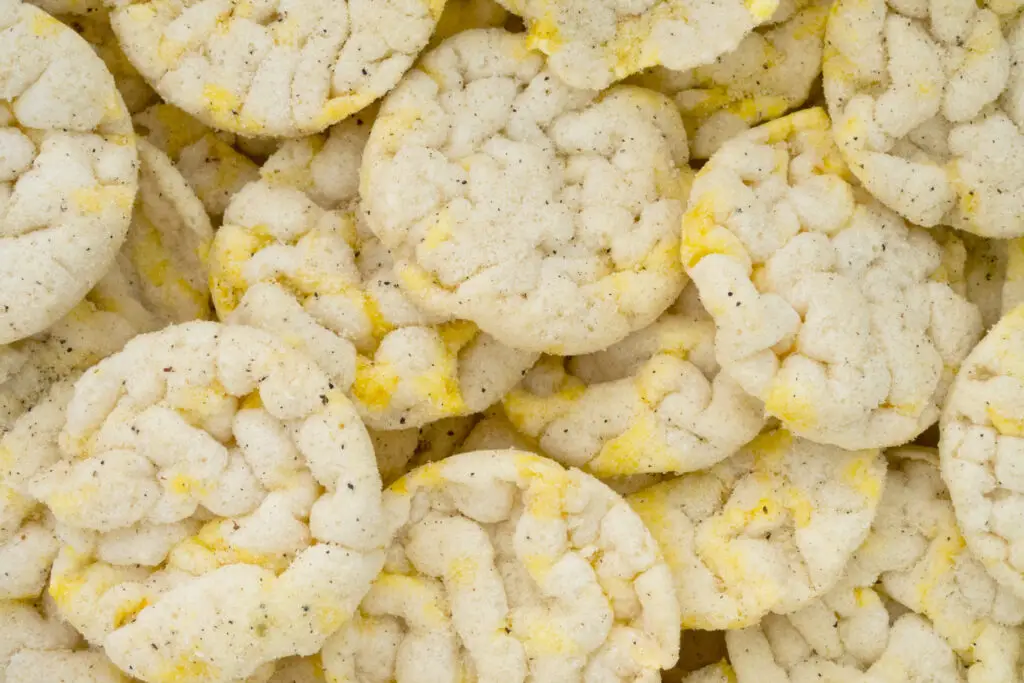
Back in the low-fat craze of the ’80s and ’90s, rice cakes were held up as the ultimate diet snack. They were light, crunchy, and made you feel like you were making a smart choice. You could eat a stack of them without much guilt because they were marketed as practically “calorie-free.”
The reality was they had almost no nutrients and left you hungry within minutes. Worse, the carb spike could actually make you crave more food. Dieters often found themselves frustrated, eating a whole sleeve and still not satisfied. Healthy? Not so much—more like air with crunch.
5. SnackWell’s Cookies
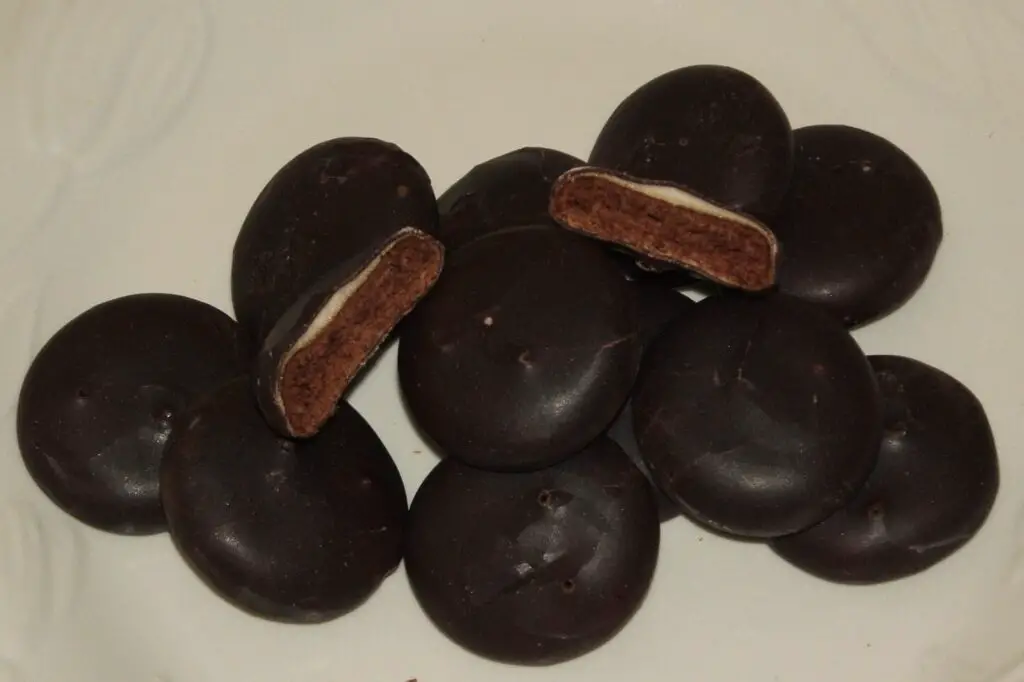
When SnackWell’s hit grocery shelves in the ’90s, they became the face of fat-free snacking. These cookies and brownies were everywhere, with commercials practically begging you to indulge guilt-free. They were marketed as proof that you could have dessert and still be healthy.
But people soon realized that what they lacked in fat, they made up for in sugar. Dieters scarfed down entire boxes thinking they were safe, only to see little difference on the scale. The “SnackWell Effect” even became a term for overeating foods just because they seemed healthier. It was a snack-time mirage.
6. Jell-O Gelatin
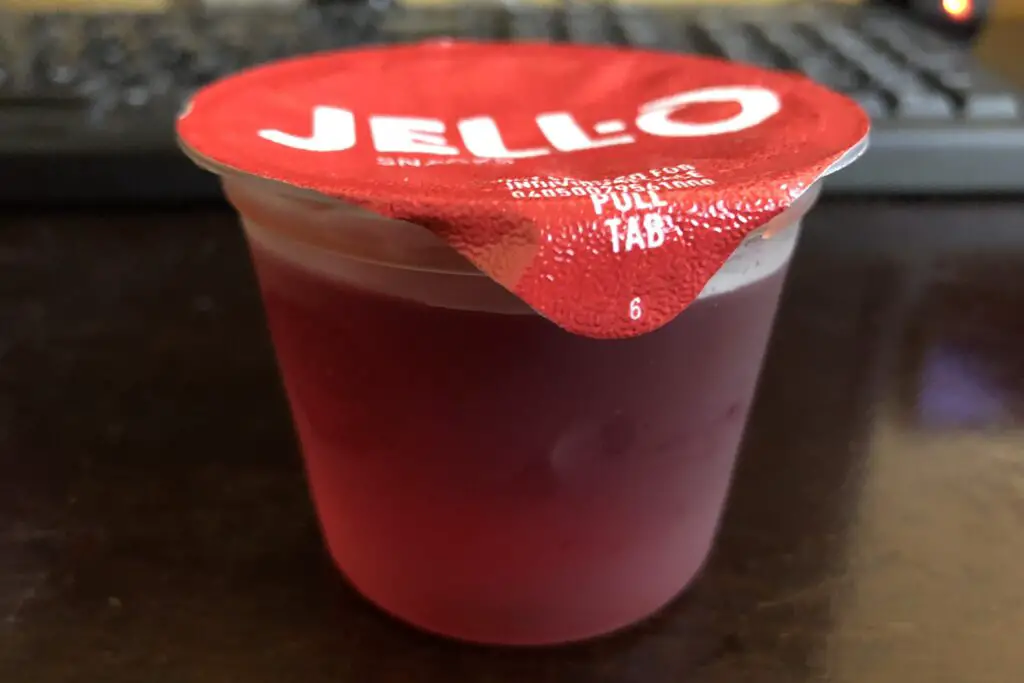
Jell-O was often positioned as a light, diet-friendly treat. Advertisements in the mid-20th century boasted that it was easy to digest and practically fat-free. Hospitals even served it as a “healthful” dessert for patients. Moms everywhere considered it a safe go-to for kids and adults alike.
But when you break it down, Jell-O is sugar, artificial color, and animal gelatin. Calling it healthy was more about marketing spin than actual nutrition. It might be low in calories, but it offers little else. Somehow, a bowl of neon-colored wobble was supposed to be a wellness choice.
7. Fruit Roll-Ups
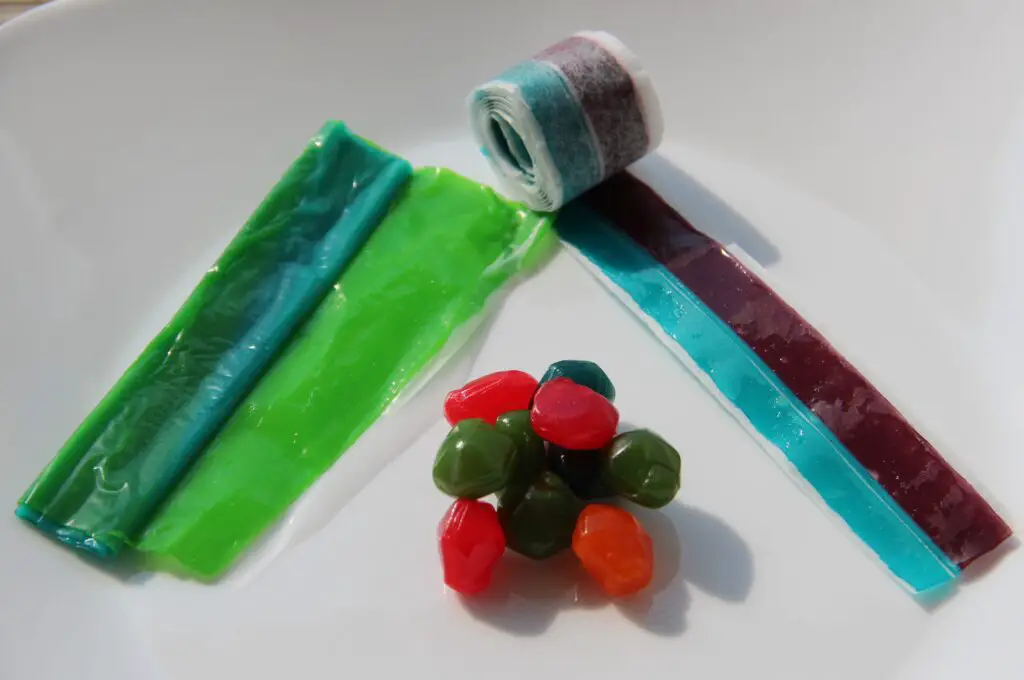
Parents were told these colorful strips of chewy sweetness were a fun way to get kids to eat more fruit. The boxes were plastered with bright fruit illustrations, making them look like a natural snack. They were marketed as if they came straight from the orchard.
In truth, they were mostly corn syrup, sugar, and a dusting of fruit flavoring. Any vitamins they contained were usually added artificially. While kids loved peeling them off the plastic, they weren’t fooling anyone nutritionally. It was candy dressed up as produce.
8. Diet Soda
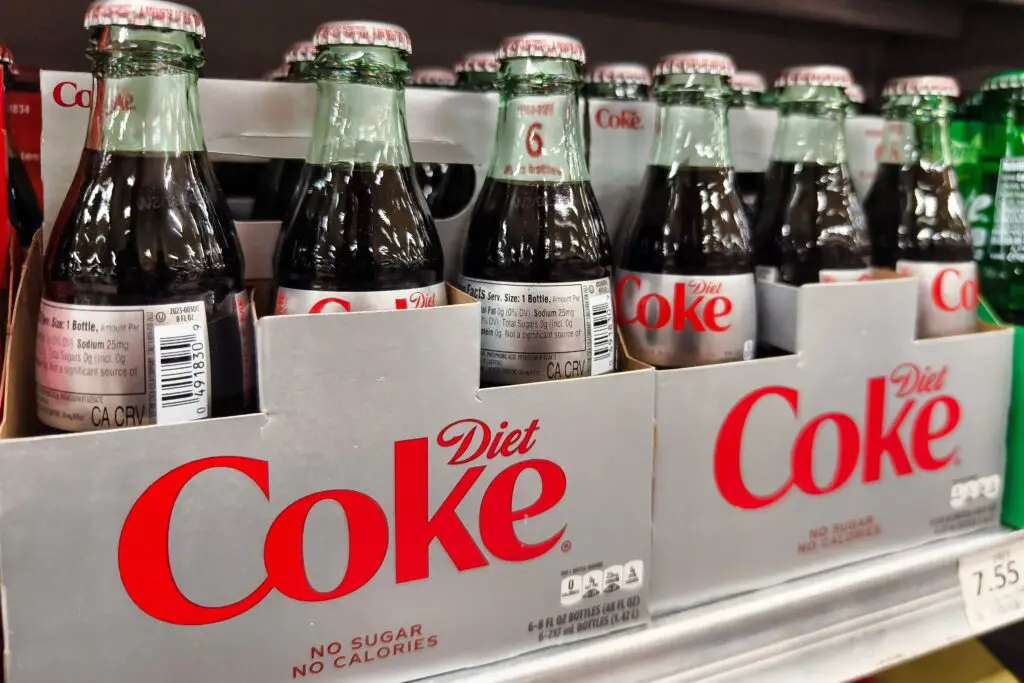
The rise of diet soda promised all the fizz and flavor without the calories. Advertisements showed trim, happy people enjoying their soft drinks without worrying about weight. For decades, it was marketed as the healthy alternative to regular soda.
But diet soda’s artificial sweeteners and chemicals have been scrutinized for years. While calorie-free, they don’t exactly scream health once you consider what’s inside. Some studies suggest they might even mess with appetite regulation. It’s less of a guilt-free pleasure and more of a questionable swap.
9. Vitamin-Fortified Sugary Cereals
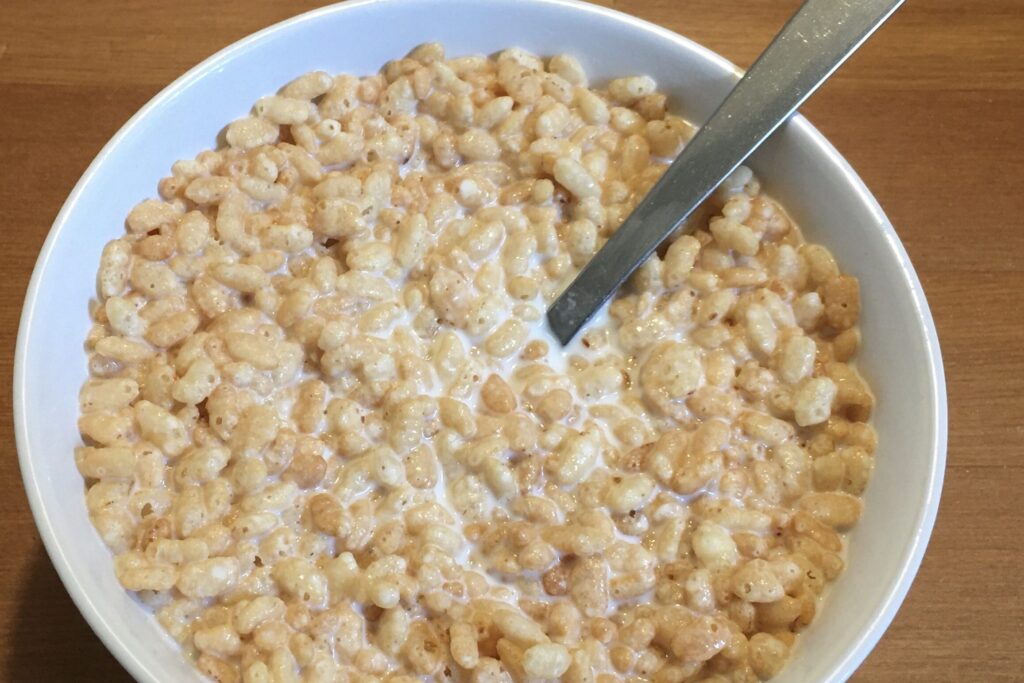
Cereals like Fruity Pebbles and Cocoa Puffs slapped “with added vitamins and minerals” on their boxes. Parents thought they were giving their kids a better breakfast option. The commercials showed happy, energetic kids, fueled by their morning bowl of sugar.
In truth, the cereal itself was candy in disguise, with a sprinkle of synthetic vitamins to make it seem balanced. It was a marketing sleight of hand that worked for years. The added nutrients couldn’t disguise the fact that it was mostly sugar. Breakfast was more about hype than health.
10. Diet Gelatin Desserts
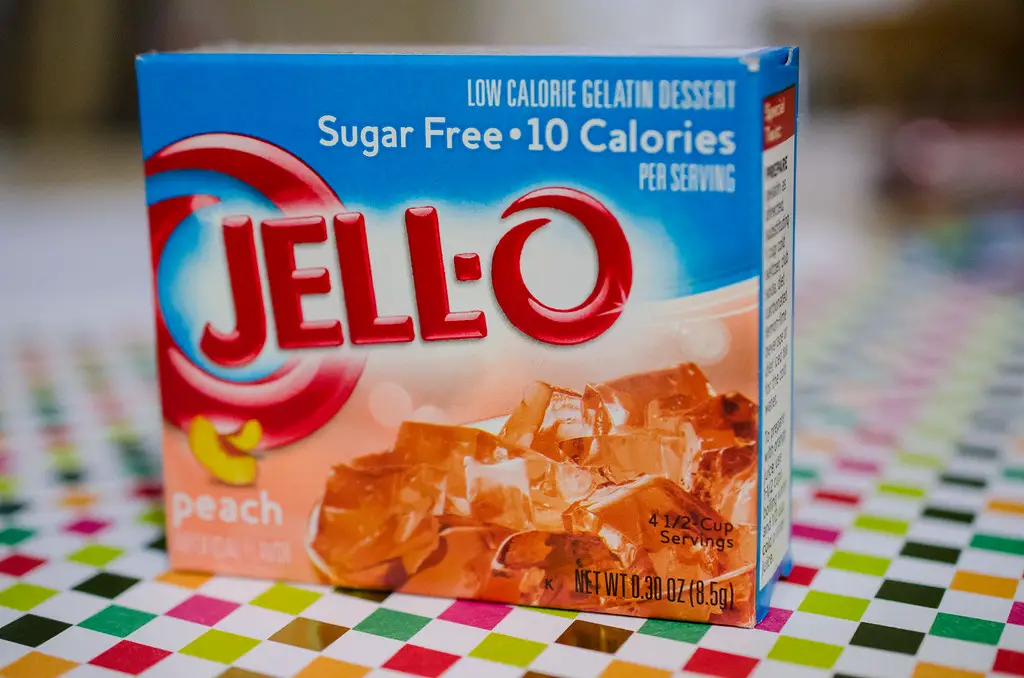
In the heyday of diet culture, sugar-free gelatin desserts were touted as a miracle for dieters. They came in bright colors, promising flavor without calories. Many women in particular were encouraged to swap out real desserts for these “healthy” alternatives.
What they really offered was artificial sweeteners and not much else. The low-cal appeal was undeniable, but they didn’t exactly deliver on nutrition. They became a symbol of empty dieting fads. Sure, they looked fun, but healthy wasn’t the right word.
11. Carob Bars
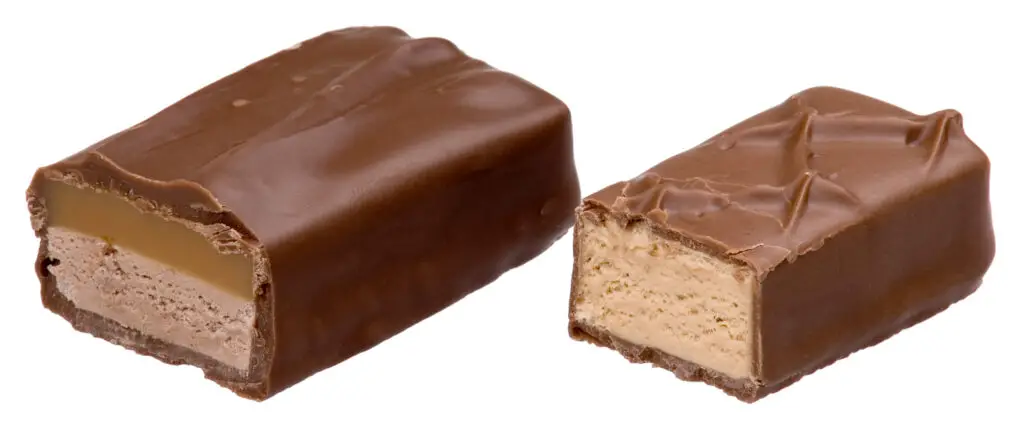
During the natural-food push of the ’70s, carob was sold as the guilt-free alternative to chocolate. Health stores stocked carob chips, carob powder, and bars that promised all the sweetness without the downsides. Parents often bought them thinking they were better for kids.
The problem? Carob isn’t chocolate, and it certainly doesn’t taste like it. Many found it bland or even bitter, and it didn’t necessarily have fewer calories or sugar. Still, for years, it was marketed as the smarter treat. Most people just wished they had the real thing.
12. Granola Bars
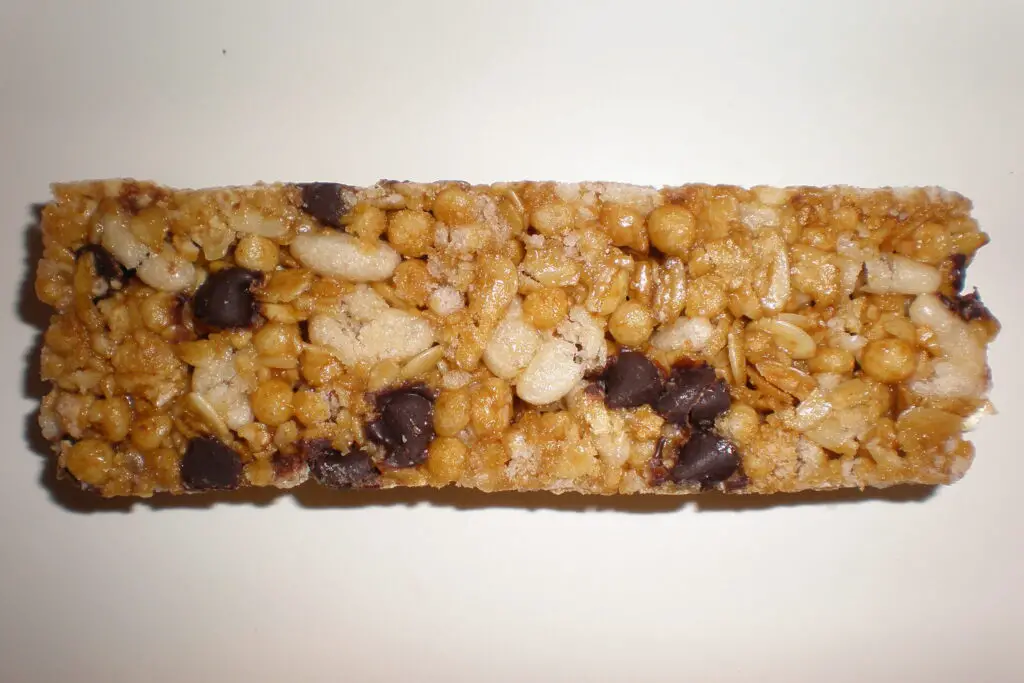
Granola bars became synonymous with “natural” eating, especially in the ’80s. They were marketed with wholesome images of hikers, sunshine, and oats. Parents tossed them into lunchboxes thinking they were choosing a nutritious snack.
The reality was that most granola bars were held together with sugar and corn syrup. They often had as many calories as a candy bar, sometimes more. While oats and nuts sound healthy, the end result was usually more indulgent than advertised. They were less “trail fuel” and more dessert in disguise.
13. SlimFast Shakes
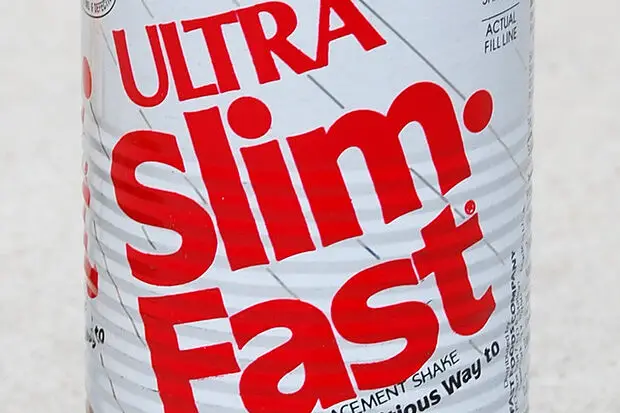
SlimFast promised weight loss through meal replacement shakes. Their commercials showed people dropping pounds just by swapping out breakfast or lunch with a chocolatey drink. It was marketed as a healthy, simple solution for busy adults.
But those shakes were often loaded with sugar and artificial ingredients. While lower in calories, they weren’t exactly nourishing. Many people found themselves hungry soon after drinking one. What seemed like an easy fix often didn’t live up to the hype.
14. Low-Fat Muffins
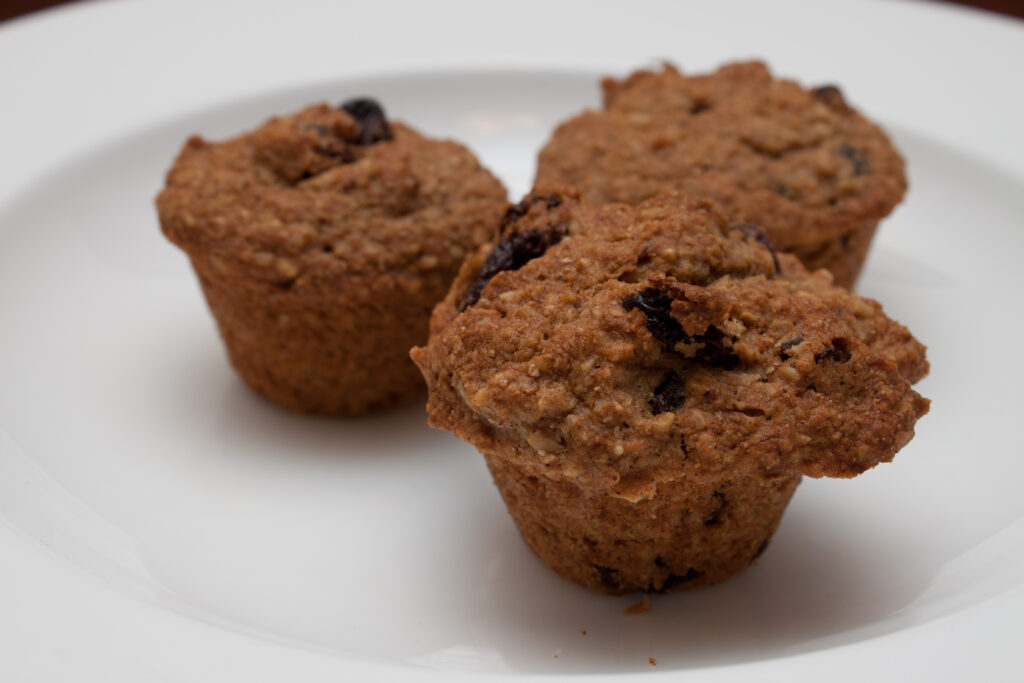
In the ’90s, bakeries and grocery stores pushed low-fat muffins as guilt-free breakfast options. They looked big, hearty, and loaded with grains, which gave the illusion of health. People believed skipping the fat meant a smarter choice.
But these muffins often had more sugar than a slice of cake. The removal of fat usually meant extra sweeteners and refined carbs. They became calorie bombs that fooled dieters everywhere. “Low fat” didn’t equal nutritious, just misleading.
15. Veggie Chips
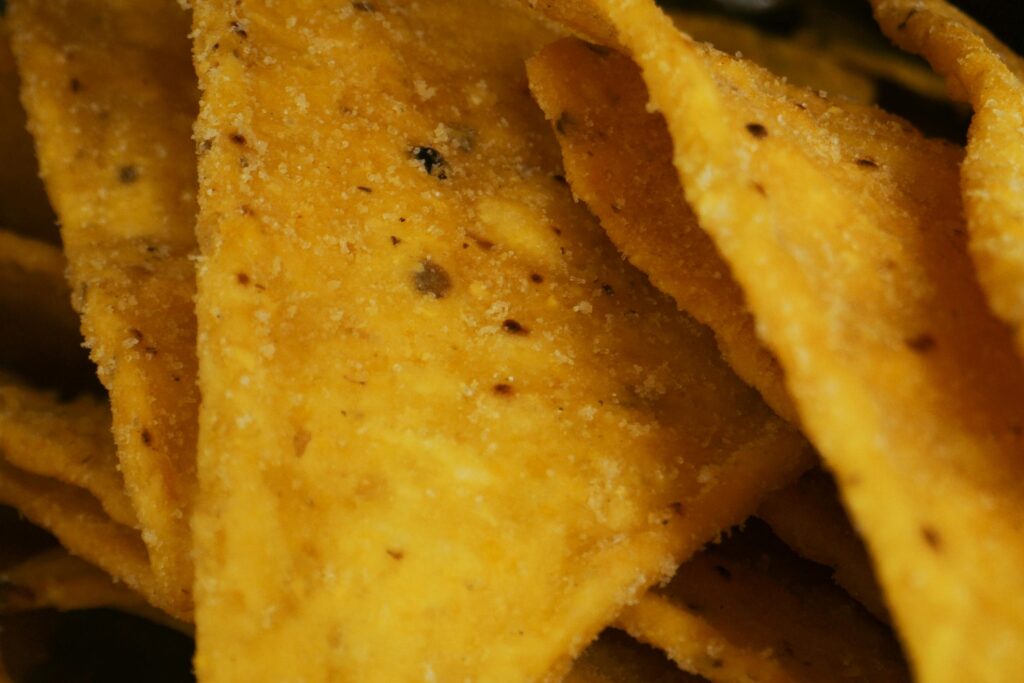
At first glance, veggie chips seemed like the perfect compromise: all the crunch of potato chips with the added health of vegetables. The packaging made them look like you were snacking on real carrots, spinach, or beets. Parents happily handed them to kids as a better choice.
The truth was that many were just potato starch with veggie powder for color. They had little nutritional value and were often just as salty and fatty as regular chips. While technically “veggie-based,” they weren’t salads in a bag. It was clever marketing wrapped in crinkle-cut slices.
